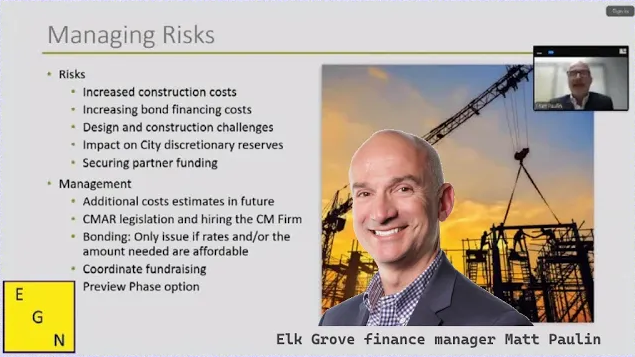California’s housing duel between state and local governments intensifies
By Dan Walters | CalMatters.org |
In summary: A long-running conflict between the state and local governments over housing is entering a new and more confrontational phase. Several jurisdictions in the Bay Area failed to submit housing plans on time, prompting at least 12 lawsuits that could potentially give the state greater authority on local housing decisions.
The long-simmering duel between California’s state and local governments over housing is entering a new and more confrontational phase.
Local governments in the San Francisco Bay Area had until Jan. 31 to submit plans for meeting their state-imposed quotas for facilitating housing construction, and many of them missed it. They were supposed to identify enough land for the required number of housing units and the steps they were taking to make development feasible.
While declaring state, regional and local housing needs has been underway for decades, until recently there was virtually no backlash for failure. However, the most recent version, aimed at adding 2.5 million housing units by 2030, a million of them affordable to low-income families, is different.
The state Department of Housing and Community Development has embraced more critical oversight of the plans submitted by city and county officials, rejected those it deemed insufficient and threatened penalties for noncompliance, such as a loss of state housing funds.
The official pressure is clearly aimed at blunting the ability of local not-in-my-backyard (NIMBY) activists to persuade local officials to resist the state quotas and/or impose conditions on housing projects that would make them unfeasible.
That syndrome is most evident in the Bay Area’s many small enclaves of wealthy families living in multi-million-dollar homes. Simply put, their residents don’t want to have their neighborhoods’ bucolic ambience altered by apartment houses for what Victorian novelist and playwright Edward Bulwer-Lytton described as “the great unwashed” – ordinary folk lacking upper-class education and wealth.
On Jan. 31, the last day possible, the city council of the tiny, very wealthy San Francisco Peninsula community of Atherton adopted – with obvious reluctance – a plan for 348 new housing units. It acted over the objections of many high-income NIMBYs, including Golden State Warriors star Steph Curry and venture capitalist Marc Andreessen. Whether the plan will pass state muster is still uncertain.
Across the bay in Orinda, another upscale community in Contra Costa County, city officials were on the verge of adopting their 1,359-unit plan when it was revealed that one of the parcels it designated for housing was just one foot wide.
The schemes to evade state quotas have largely been uncovered by pro-housing groups, which tip off local news media, and the publicity then forces officials to backtrack. However, the “yes-in-my-backyard” (YIMBY) groups don’t just blow whistles. Last week, a few days after the Jan. 31 deadline passed, a coalition filed lawsuits against 12 local governments that had failed to meet it.
“There’s no excuse for these cities to be in violation of state law,” Sonja Trauss, executive director of one group, YIMBY Law, said. “Cities have had years to plan for this. They’ve also received resources and feedback from us, our volunteer watchdogs, and HCD. These cities are trying to push the responsibility onto other communities and avoid having to welcome new neighbors. It’s time for them to be held accountable.”
The suits mirror those filed by housing advocates in Southern California when cities in that region missed their deadline last fall.
One goal of the Bay Area actions is to establish that the targeted communities are subject to one of the many new pro-housing laws, dubbed “builder’s remedy.” It exempts low- and moderate-income housing projects from local design control if the local governing body doesn’t have an approved housing plan.
Whether the pressure on local communities actually results in 2.5 million units is very questionable. That would require more than a doubling of current housing construction, and other factors, such as interest rates, material costs and the supply of construction labor, tend to discourage construction.
This article was originally published by CalMatters.



